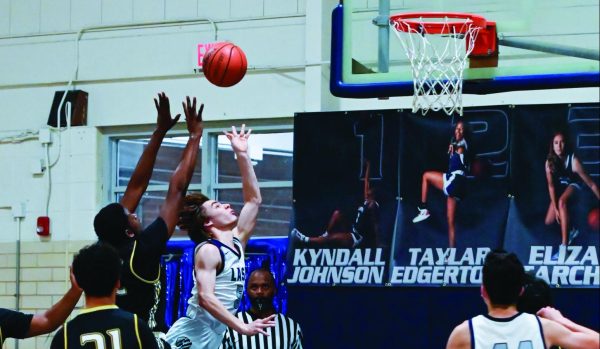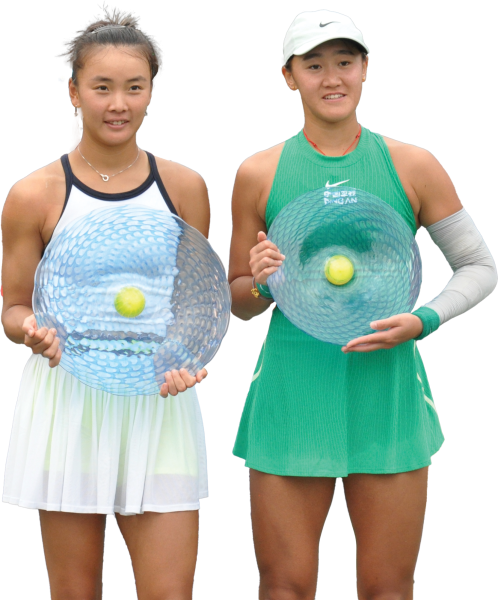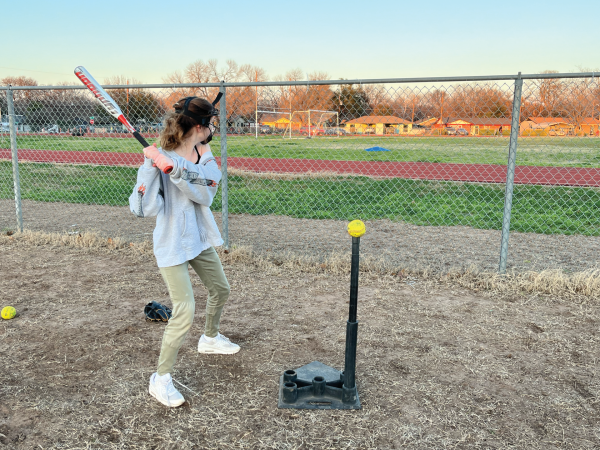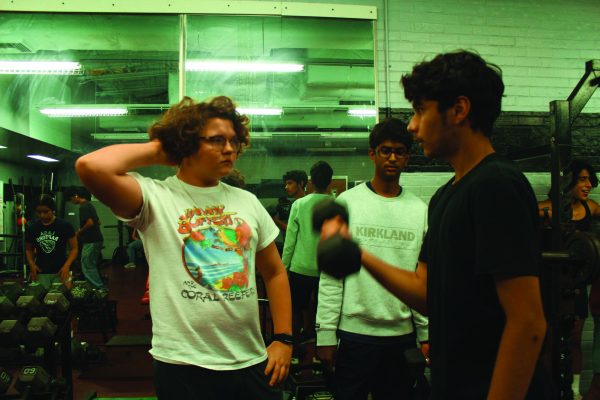Gender Inequality in Sports Coverage
February 24, 2021
On Feb. 1, 2021, there were 30 headline articles on ESPN’s website. Four of these headlines were for women’s sports, and 26 were for men’s sports. On that same day, Fox Sports had 56 stories headlined on its website; three were women’s sports and 53 were men’s. The list of news sources that lack female athlete representation goes on… and on, and on: The New York Times, Sports Illustrated, the BBC…
I remember watching the Olympic marathon trials last year spanning from male runner to male runner. The amount of women on the start line was almost double that of men, yet the coverage of the female athletes was disproportionately lower than that of the male runners. The major media stories that followed the race reflected the lack of coverage on screen. ESPN briefly mentioned Aliphine Tuliamuk as the winner but detailed the career of the male winner, Galen Rupp. The New York Post did not even mention that women were competing in this race. And The Washington Post mentioned the women’s winner in the 6th paragraph after detailing the men’s race.
The undervaluing of women’s sports in the media is not a secret. Newspapers, radio broadcasts and magazines all focus more reporting and resources on male sports. A study of sports television in southern California found that while women and girls account for more than 40% of athletes, they receive less than 4% of coverage on news shows. Not only do women in sports receive less coverage, the analysis of their competition is often dull and uninspiring, according to the same study. This is ironic considering sports reporters are known for their humor, enthusiasm and colorful commentary.
The authors of the sports television study, Cheryl Cooky, Michael A. Messner and Michaela Musto, found a “stark contrast between the exciting, amplified delivery of stories about men’s sports and the often dull, matter-of-fact delivery of women’s sports stories.” Another study conducted at Wilmington College measured people’s exposure to women’s sports and found a correlation between the way that women in sports are portrayed in the media and the way that society views women’s sports. The researchers asked the question, “Could the media be making sports fans believe that women’s sports are less desirable by giving them less coverage?” The researchers found that theoretical considerations like the agenda-setting theory and the framing theory can dramatically impact the way society views female sports.
The agenda-setting theory states that the media has the power to influence what an audience deems important. This means that if the media gives higher coverage to men’s sports, then men’s sports are deemed more valuable to society. Therefore, in the eyes of sports fans, women’s sports may be perceived as less important. The framing theory goes deeper and argues that the light or frame in which the media presents women’s sports will shape the opinions of sports fans on the topic. As a result, the often dull and uninspiring way the media portrays women’s sports is reflected in the audience’s viewpoint.
When women’s sports are reported on, the diction, tone of voice and highlight choice shift from those of male sports reporting. Women’s sports are often differentiated by gender, while male sports are simply sports. Even in the Liberator, I find myself sometimes writing and reporting from a male-centered perspective of athletics. A couple issues ago, I made the headline for the boys basketball story on page 14 “Basketball Begins Again.” Comparatively, a similar story reporting on the beginning of the soccer season was distinguished as “girls soccer.” Obviously, when designing pages, much more is considered in the creation of headlines than making them descriptive and captivating: space, design and size are all additionally considered. But the point I’m making here is that we are all subject to preconceived biases related to gender and that everyone, especially those in the journalism and media industry, should be aware of them.
Not only do women in sports get less media coverage, they are also faced with a significant pay gap. Female athletes are consistently paid less than their male counterparts, even when they bring in more revenue. According to a pay equity lawsuit filed in 2019, the U.S. women’s soccer team brought in more revenue in 2017 than the men — yet they were still paid just over one third of what the men received. For context, the U.S. women’s soccer team has won four Olympic gold medals and three World Cups while the U.S. men’s team has none.
The pay gap in basketball is far worse. WNBA players make $71,635 per year on average, while the average salary for NBA players is $6.4 million. The NBA justifies the differences in pay between the female and male leagues by pointing to revenue. While it’s true that the men have larger audiences and more lucrative broadcasting deals, the revenue the players receive within the league differs proportionally as well. NBA players receive 50% of league revenue, while the WNBA players receive 25% of their league’s revenue.
It’s so important for young, female athletes to have role models who are celebrated in the media for their strength, speed and athletic ability. And to create more equal opportunities for these young, female athletes, we have to start with the ones that are already playing. Whether in the media, surrounding the pay gap or on the field, representation is crucial in removing the media disparity between male and female sports.










